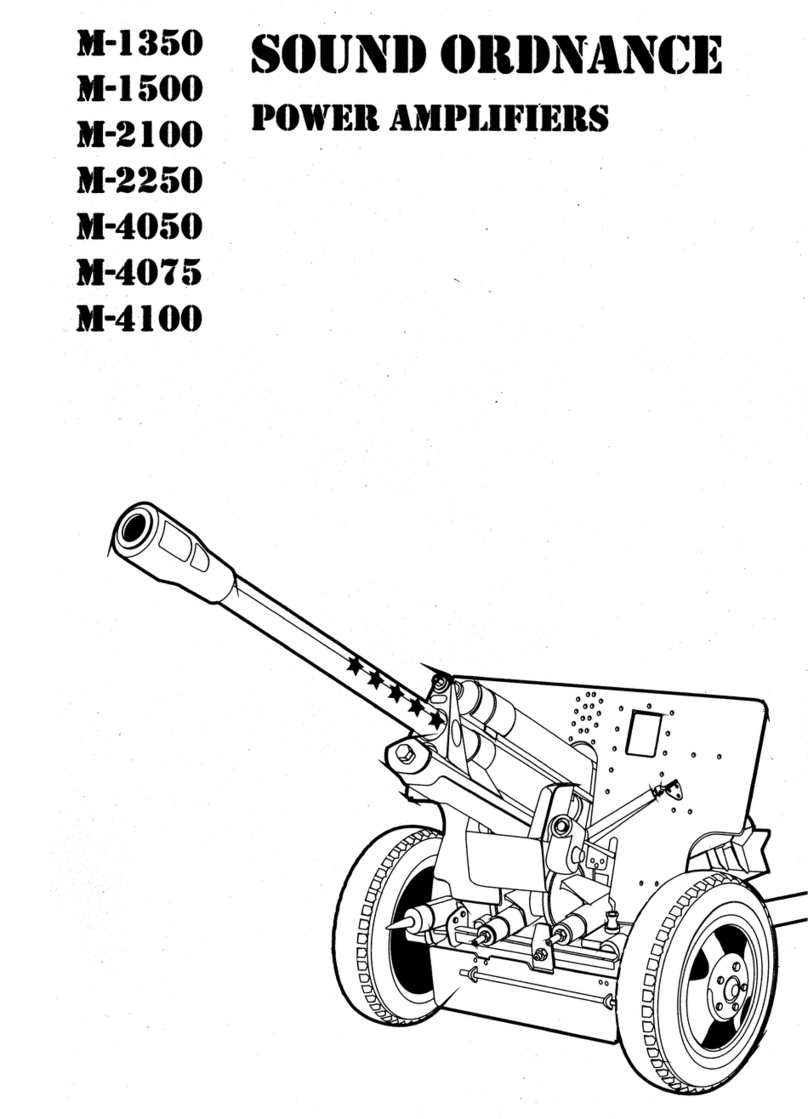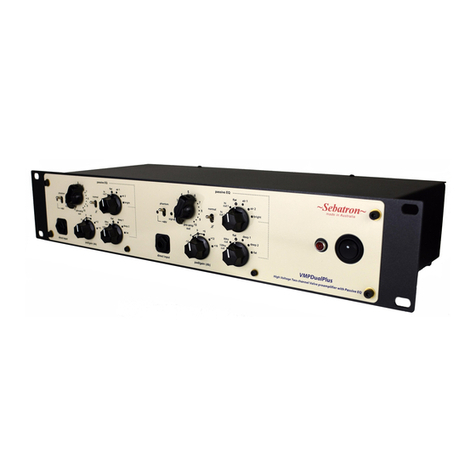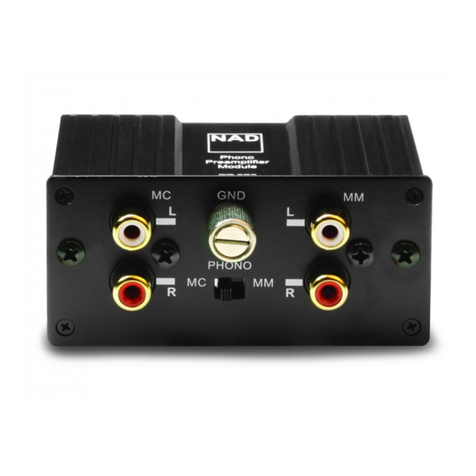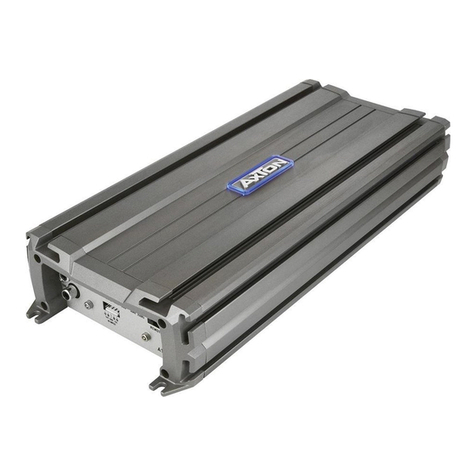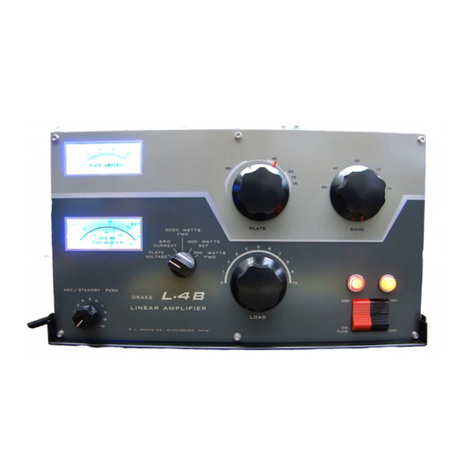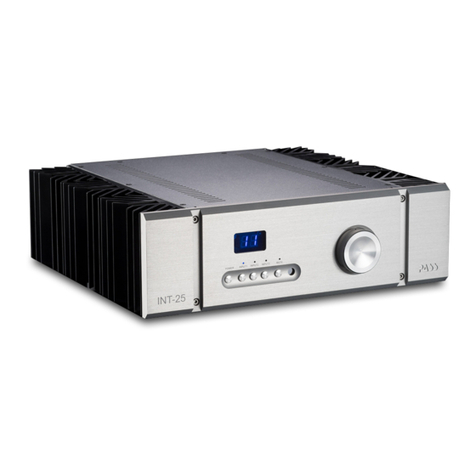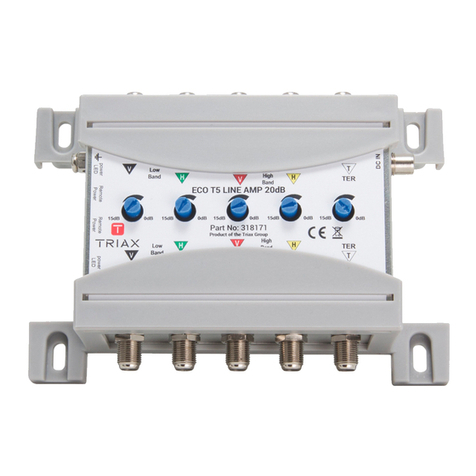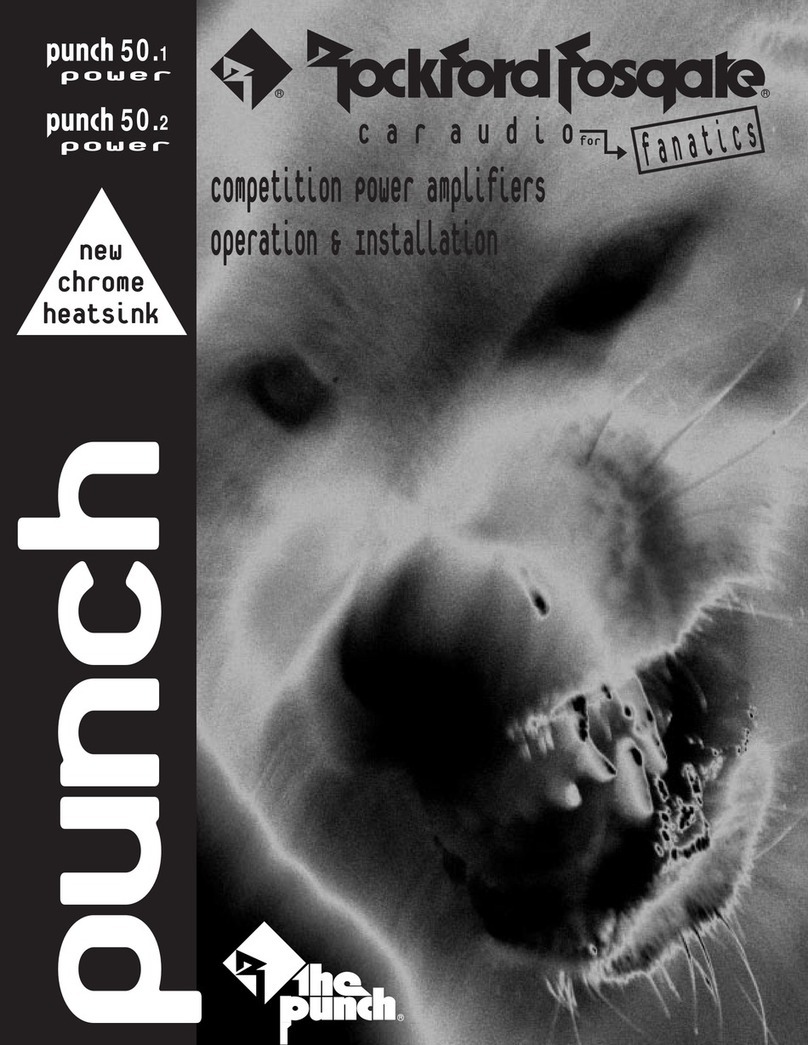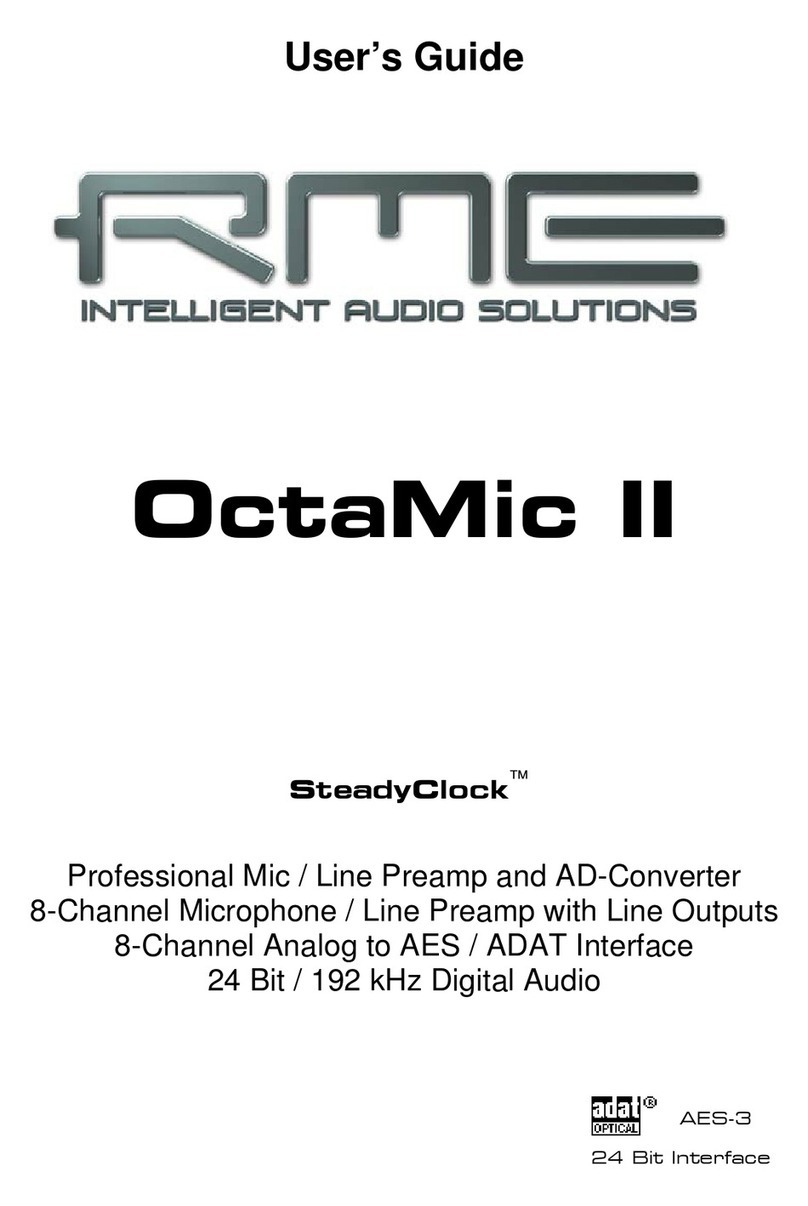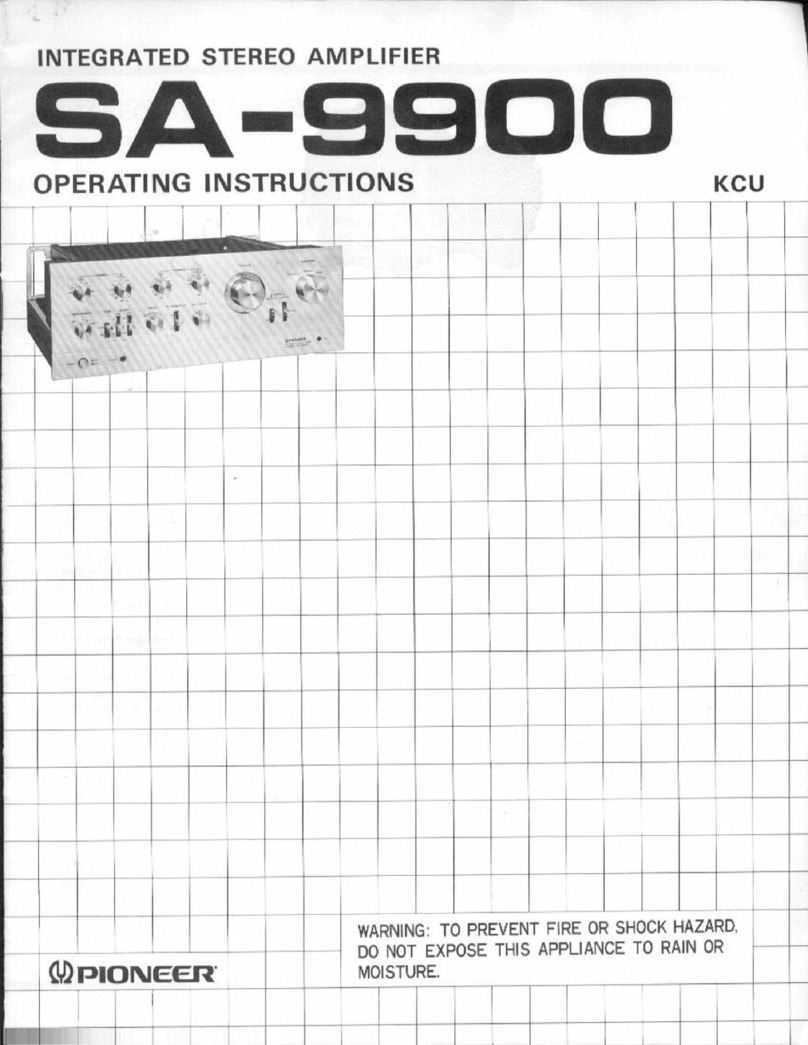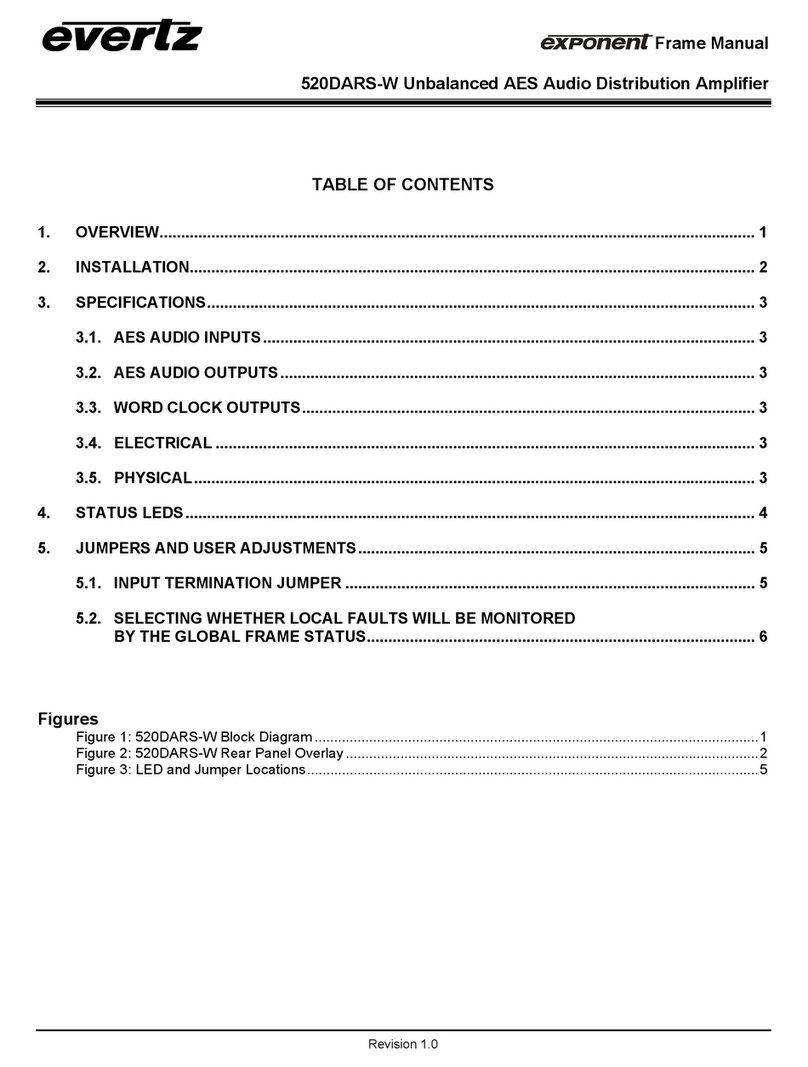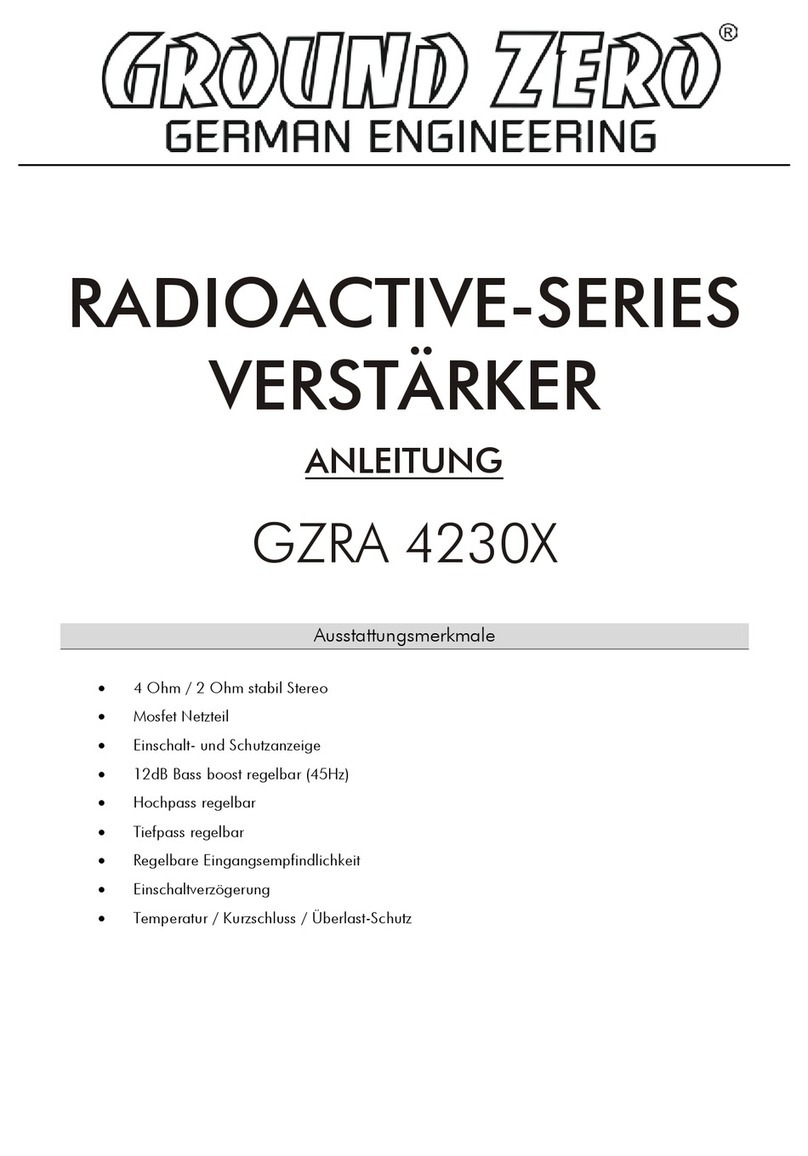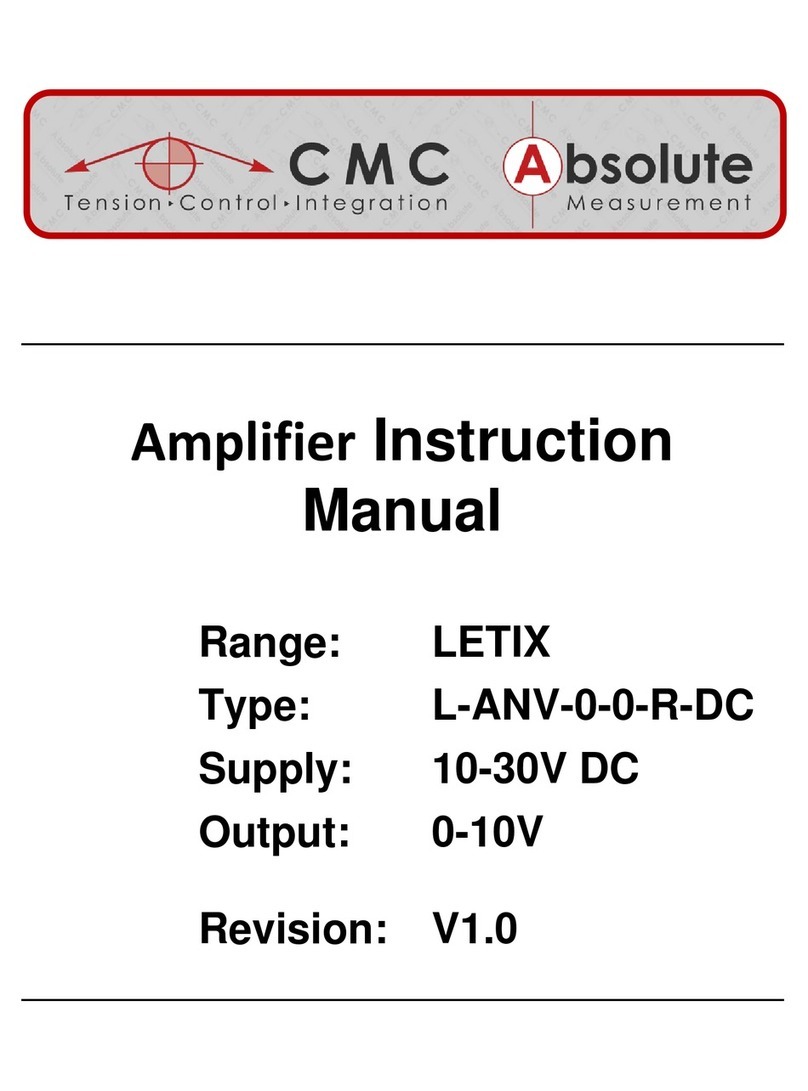Sound Ordnance M350-1 User manual

JiB&o-I
)1108-2
)175-4
.SftlJNJ)
ftll))NllNf~l~
Pf)l\'Eit
1ltii
1
I~II~II~IlS
:::o
000
O
00
°
0
00
0 0 0
0 0 0 0


Thank you for purchasing Sound Ordnance
You're now ready to win the battle for great sound.
To
ensure safe operation, always follow the instructions and
guidelines
in
this
manual.
Keep
this
manual handy for reference.
www.soundordnance.com
All rights reserved.
TABLE
OF
CONTENTS
Overview
of
Connections
and
Controls
...
.
..
. .
.....
...
...
.
..
.
....
.....
..
4
Intended
Use . . . . . . . . . . . . . . . . . . . . . . . . . . . . . . . . . . . . . . . . . . . . . . . . . . . . . . . . . . 4
Safety
Instructions
. . . . . . . . . . . . . . . . . . . . . . . . . . . . . . . . . . . . . . . . . . . . . . . . . . . 5
Setup
and
Installation
. . . . . . . . . . . . . . . . . . . . . . . . . . . . . . . . . . . . . . . . . . . . . . . . 6
Power
Connections
. . . . . . . . . . . . . . . . . . . . . . . . . . . . . . . . . . . . . . . . . . . . . . . . . . . . . 8
Connecting
the
Inputs
. . . . . . . . . . . . . . . . . . . . . . . . . . . . . . . . . . . . . . . . . . . . . . . . . 8
Connecting
the
Speaker
Outputs
........................................
10
Operation
. . . . . . . . . . . . . . . . . . . . . . . . . . . . . . . . . . . . . . . . . . . . . . . . . . . . . . . . . . . . . 12
Initial
Startup
..................................
·. . . . . . . . . . . . . . . . . . . . . 13
Safe
Operation
Guidelines
. . . . . . . . . . . . . . . . . . . . . . . . . . . . . . . . . . . . . . . . . . . . . 14
Maintenance
. . . . . . . . . . . . . . . . . . . . . . . . . . . . . . . . . . . . . . . . . . . . . . . . . . . . . . . . . . . 14
Troubleshooting
. . . . . . . . . . . . . . . . . . . . . . . . . . . . . . . . . . . . . . . . . . . . . . . . . . . . . . . 15
Technical
Specifications
. . . . . . . . . . . . . . . . . . . . . . . . . . . . . . . . . . . . . . . . . . . . . . . 18
3

OVERVIEW
OF
CONNECTIONS AND
CONTROLS
1)
RCA
connections
INPUT
2)
LEVEL
control
3)
BASS
EQ
4)
HP/LP
filter
(high
-pa
ss/low-pass
filter)
3
5
4
2
8 7
1
5)
X-over
switch
6)
Power
Input
7) Power
Indicator
8)
Protect
Indicator
9)
Speaker
Output
6
9
INTENDED
USE
Sound
Ordnance
amplifiers
are
to
be
used
for
the
amplification
of
low
level
audio
signals
in
vehicles.
This
product
is
designed
for
opera-
tion
with
a
12V
DC
car
power
supply
with
the
negative
terminal
of
the
battery
grounded
to
the
vehicle
's
body.
It
should
only
be
installed
and
operated
in
passer.ger
cars
and
trucks
provided
with
this
kind
of
power
source
. The
amplifier
is
not
designed
for
marine
applications
.
Any
use
other
than
that
described
above
can
lead
to
damage
to
this
product
and
can
involve
other
risks
such
as
short
circuit,
fire,
or
electric
shock,
which
may
damage
the
product
or
cause
bodily
injury.
The
amplifier
should
not
be
changed
or
modified
in
any
way.
Do
not
open
the
housing
.

SAFETY
INSTRUCTIONS
~E:I
'~Olc;l
,
1;
11)
,
C::~I~IS
\
Clf
daJ!1age
•oEt
'tellhna
instruc-
IC
nw
,:
g
,
rrl,an~Qie!
tnaac
:
,
cu~:ts
important iriforma-
ng
ans•tructlc,ns
wtuch
must
be
strictly fol-
ld
!th-e!
CC)MIPie
,teopercJting instructions before
•
For
safety
reasons,
do
not
attempt
to
modify
the
amplifier.
• Only a
12V
DC
car
supply
system
(negative
ground)
should
be
used.
Never
connect
the
amplifier
to
any
other
voltage
supply.
•
Extra
care
should
be
taken
when
first
turning
on
the
amplifier
after
installation.
Please
follow
the
operating
instructions
carefully.
• Keep
water
and
other
liquids
away
from
the
vicinity
of
the
amp.
This
could
result
in
a fire
or
a
fatal
electrical
shock.
If
liquids
get
into
the
amplifier,
immediately
dis-
connect
the
power
to
the
amplifier.
•
Do
not
expose
the
amplifier
to
high
temperatures,
strong
vibrations
or
heavy
loads.
• Keep open flames away
from
the
amplifier.
•
Call
1-800-955-9094
if
you
have
questions
about
how
the
equipment
operates
or
about
how
to
connect
it
safely.
•
Do
not
leave
packaging
material
unattended
around
children.
•
Observe
the
safety
and
operating
instructions
of
this
amplifier
and
any
other
devices
connected
to
the
amplifier.
•
Exposure
to
high
volume
levels
can
cause
hearing
damage
or
loss.
Use
care
and
caution
when
setting
volume
levels.
5

SETUP
AND
INSTALLATION
A
To
ensure
proper operation,
...
pleaseriacll~e•e
i~st,uctj~J:l&
<
carefully
before
installing
and
using
this
amplifier.
or
other
components
should
..
always
b«a
done
in
a
Wc:Jy
.:
tKat
..
dqes
not
affect
the
road
sa
.
fety
...
.·or·
the
•
..•
·.
de
·•
si
••
s
·
n•
•
a
•·••····•·
stc;r
.
~ility
i·
o~
•••..
the
•··•
••
•··•
(la~
.
••..•..•.•.
.
.•....
.tf
·····
ro
.u·
·•···
are
in
doubt
when
selecting
a
place
for
instaUatiori;
consult
your
local
car
dealership.
Since
the
amplifier
generates
heat,
be
sure
to
install
in
a
heat-
resistant
location.
There
must
also
be
an
open
area
of
1/4"
around
the
amplifier's
housing
for
adequate
ventilation.
Air
circulation
may
not
be
obstructed
by
objects
such
as
magazines,
blankets,
maps,
etc.
Before
drilling
any
holes
in
your
car,
make
sure
that
electric
cables,
brake
lines,
fuel
tank
or
similar
systems
will
not
be
damaged.
When
installing
the
car
audio
compo-
nents,
consider
the
danger
of
parts
breaking
loose
during
an
accident.
Make
sure
each
component
of
your
sys-
6
tern
is
fastened
tightly,
and
located
at
a
place
where
it
cannot
become a
risk
for
passengers
in
the
event
of
an
accident.
Select
a
suitable
position
for
mounting
the
amplifier.
A
suitable
place
for
mounting
has
the
following
features:
•
dry
•
as
free
from
dust
as
possible
•
minimal
vibration
• good
air
circulation
•
heat-resistant
environment

'
' ' • Mark
the
holes
for
the
screws
at
the
place
of
installation.
The
simplest
way
to
do
this
is
place
the
amp
where
you
want
it
and
use
it
as
a
pattern.
•
Drill
the
holes
for
the
fastening
screws.
•
Secure
the
amplifier
with
sheet
metal
screws.
~
,~~~~~
,
r~:J)~
.···
~~su~l:tin~r'!,~~~i;r:UJd)u:tt'h~'!:rbat-
Rn4ecrlrna
the
negative
terminal to the battery,
as
~een
completely connected. For
require a service
call
to reset
som
.e
cCir
dealer
.
.
·
RrJIIY
i
i~~~F
<
c:J
···
··
digital
voltmeter
or
a
diode
test
lamp
for
Ut
·'·
''OII
~
ame
u
iO•res•ent
at
·
car
cables. Anormal
~est
lamp
m
-
tlch
;
Cut
~
re•llt
e~nd
can
damage
the electronic system
Jn41>ec;)nn,~tion
cables
are
·riot
damaged
··•
by
sharp
for
points passing through metal.
9094 if you
have
questions during setup.
Use
heavy-gauge
cable
for
connecting
the
power
supply
and
the
ground
of
the
amplifier.
The
gauge
of
the
cable
depends
on
the
power
requirements
of
the
components
connected.
If
the
gauge
is
too
light,
the
cable
could
burn.
Moreover,
the
increased
resis-
tance
can
lead
to
unnecessary
power
losses.
An
additional
fuse
in
the
amp's
posi-
tive
connection
is
necessary
(fuse
and
fuse
holder
not
included.)
The
fuse
should
be
installed
close
to
the
battery.
In
case
of
short
circuit
(e.g.
if
the
connection
cable
is
worn
through),
this
fuse
disconnects
the
positive
lead
and
thus
avoids
dam-
age
to
the
battery
and
prevents
the
supply
cable
from
burning.
The amperage
rating
of
the
fuse
depends
on
the
power
consumption
of
the
connected
devices
of
the
car
audio
system.
In
order
to
reduce
interference
or
noise
in
the
system,
the
amplifier
should
be
directly
powered
by
the
car
battery.
Do
not
supply
other
electric
loads,
such
as
the
cooling
fan,
windshield
washer
etc.,
via
the
same
cable
as
the
amplifier.
7

POWER
CONNECTIONS
Connect
the
"+12V"
connector
of
the
power
supply's
terminal
directly
to
the
car
battery's
positive
terminal
Connect
the
"REMOTE"
or
"REM"
connec-
tor
to
the
terminal
on
the
power
sup-
ply,
to
the
remote
control
connector,
or
to
the
antenna
control
output
of
the
car's
radio.
The
amplifier
will
be
switched
on
via
this
input
when +12V
current
is
applied.
Almost
all
car
radios
have
an
output
which
provides
a
+12V
current
when
the
radio
is
turned
on.
Connect
the
"GND"
connector
of
the
power
supply
to
the
car
body.
Note:
Since
electrical
conductivity
is
limited
by
the
use
of
glue
and
paint
Battery
(+)
Control
Lead
Ground
(-)
on
metal
parts,
not
every
metal
component
is
suitable
to
function
as
a
grounding
point.
CONNECTING
THE
INPUTS
All
MODELS
These
amplifiers
use
RCA
inputs
for
connection
to
your
car
stereo's
preamp
outputs.
Car
radios
with
RCA
outputs
can
be
directly
con-
nected
to
the
input
sockets.
If
your
car
radio
only
has
speaker
outputs,
you
can
use
an
optional
adapter
or
line
output
converter
to
make
the
connection.
8

4-CHANNEL MODELS
Connect
the
RCA
outputs
of
your
car
radio
to
the
RCA
connections
INPUT
(1)
of
the
amplifier.
Front
car
stereo
outputs
>
connect
to
amplifier
Channels
1
and
2
Rear
car
stereo
outputs
>
connect
to
amplifier
Channels
3
and
4
Pay
attention
to
the
marking
on
the
RCA
connections:
1 >
left
R >
right
If
your
car
radio
does
not
have
4
preamp
outputs,
use
an
optional
Y-
adapter.
You
will
not
be
able
to
fade
signal
front
to
back
when
connected
in
this
way.
I I
I I
[
fj
2-CHANNEL
AND
MONO
AMPS
Connect
the
RCA
outputs
of
your
car
radio
to
the
RCA
connections
INPUT
(1)
of
the
amplifier.
Pay
attention
to
the
marking
on
the
RCA
connections:
1 >
left
R >
right
Keep
the
length
of
the
connection
cables
as
short
as
possible.
Do
not
install
the
RCA
cables
close
to
other
cables
to
avoid
interference
at
the
amplifier
input.
Please
note
the
c
onnection
loads
in
the
Technical
Specifications.
CRRSTEREG
0
RECEI:
I
ER
(f
17
(f
(f
9

A
When
connecting the RCA inputs,
use
only shielded RCA cables
suitable for
this
purpose. The
use
of
any
other type
of
cable
may
cause interference.
CONNECTING
THE
SPEAKER
OUTPUTS
Depending
on
your
model,
Sound
Ordnance
amplifiers
have
outputs
for
four
speakers,
two
speakers,
or
one
speaker.
You
can
bridge
the
2-channel
ampli-
fier
to
mo
no
mode
to
power a
single
speaker,
or
the
4-channel
amp
to
2-channel
mode
to
power a
pair
of
speakers.
You'll
get
more power
by
bridging
the
amp.
Strip
the
insulation
from
the
cables
on
the
ends.
Make
sure
that
there
are
no
sharp
edges
which
may
damage
the
cables.
Only
use
speakers
whose power
handling
matches
the
amp's
output
(see
Technical
Specifications).
Always
co
nne
ct
the
speakers
with
the
correct
polarity.
10
Speaker
wires
are
usually
coded.
Some
loudspeaker
manufacturers
indicate
the
(+)
wire
by
means
of
an
additional
color
stripe,
others
use
a
corrugated
cable
for
the
(+)
terminal
and
a
smooth
one
for
the
(-)
terminal.
Sound
Ordnance
amplifiers
have
been
designed
for
a
loudspeaker
imped-
ance
of
at
least
2
ohms
(in
standard
operating
mode)
or
4 ohms
(in
bridged
mode).
Never
connect
speakers
with
a
lower
impedance.
Depending
on
the
model
and
mode
of
operation,
connect
the
loudspeaker
outputs
according
to
the
following
schemes.
Observe
the
minimum
imped-
ance
given
for
the
corresponding
mode
of
operation
.

MODEL M75-4 MODEL M75-4
Stereo
Mode
- 2
ohm
minimum impedance
Stereo/Bridged
Mode
- 4
ohm
minimum impedance
bridged
MODEL M75-4 MODEL M 100-2
Bridged
Mode
-4
ohm
minimum
Stereo
Mode
-2
ohm
minimum impedance
impedance
MODEL
Ml00-2
MODEL M350-1
SUB
Bridged
Mode
- 4
ohm
minimum impedance 2
ohm
minimum
impedance
11

OPERATION·
Active Crossover
M75-4
This
amplifier
is
provided
with
active
crossovers
which
let
you
switch
to
a
high-pass
or
a
low-pass
filter
for
the
front
and
rear
channels.
The
cut-
off
frequencies
can
be
continuously
adjusted;
each
crossover
operates
independently,
so
one
can
be
set
high
and
the
other
low
or
both
can
be
high
or
low.
FULL:
Crossover
switched
off,
the
amplifier
plays
back
the
complete
frequency
range.
HP:
High-pass
crossover
switched
on,
the
amplifier
only
plays
back
the
fre-
quency
range
above
the
frequency
set
via
the
HP
(4)
control
unit.
LP:
Low-pass
crossover
switched
on,
the
amplifier
only
plays
back
the
fre-
quency
range
below
the
frequency
set
via
the
LP
control
unit
(4).
12
M 100-2
This
amplifier
is
provided
with
an
active
crossover
which
lets
you
switch
to
a
high-pass
or
low-pass
filter
for
the
two
channels.
The
cut-
off
frequencies
can
be
continuously
adjusted.
M350-1
This
amplifier
is
provided
with
a
low-pass
filter
for
the
output.
The
cut-off
frequency
can
be
continuously
adjusted.
Bass
EQ
The
amplifier
has
a
bass
EQ
adjustment
to
emphasize
the
low-bass
frequen-
cies.
This
option
can
give
smaller
bass
loudspeakers
or
subwoofers
a
little
more volume
in
the
low-bass
range.
The
BASS
EQ
(3)
controls
the
low-bass
amplification.
The
Bass
EQ'
s
range
is
from
0
to
12dB
for
the
Ml00-2
and
M75-4
models
and
0-18
dB
for
the
M350-l.

INITIAL
STARTUP
After
you
have
checked
the
cable
connections,
reconnect
the
negative
terminal
of
the
battery.
Turn
the
LEVEL
control
unit
(2)
coun-
terclockwise
to
minimum.
Slide
the
frequency
crossover
switch
X-OVER
(5)
into
the
position
cor-
responding
to
your
configuration.
Set
the
cut-off
frequencies
for
the
connected
loudspeakers
via
the
HP/LP
control
unit
(4).
(see
"Active
Crossover")
The
cut-off
frequencies
can
be
set
continuously
within
their
specified
ranges.
During
setup,
pay
attention
to
the
frequency
range
of
the
speakers.
Switch
on
your
car
receiver
and
play
some
music.
If
the
indicator
POWER
LED
(7)
lights
up,
set
the
volume
of
the
car
radio
to
about
75%
of
the
maximum
volume.
Now,
use
the
LEVEL
control
(2)
to
adjust
the
maximum volume
of
the
loudspeakers
to
a
level
that
is
comfortable
for
you
and
does
not
distort
the
music.
If
you
use
several
amplifiers,
match
the
volumes
of
the
different
amplifiers
one
to
the
other.
Then,
set
an
average
volume
level
via
the
volume
control
unit
of
the
car
radio.
If
the
low-bass
playback
is
too
weak,
you
can
activate
a
low-bass
boost
via
the
BASS
EQ
control
(3).
If
the
indicator
PROTECT
LED
(8)
lights,
an
error
has
occurred.
The
amplifier
should
be
switched
off
im-
mediately.
Check
all
connections
and
loudspeakers.
If
you
cannot
detect
an
error,
please
call
us
at
1-800-955-
9094
for
help.
Take
care
that
the
maximum volume
is
within
the
power
capacities
of
the
speakers
and
amplifier.
Excessive
volume
can
damage
the
speakers
and
amplifier.
Make
sure
that
the
frequency
ranges
of
the
speakers
aren't
exceeded
dur-
ing
this
process.
If
you
use
a
subwoofer,
changing
polarity
may
improve
the
sound
qual-
ity.
Often
reversing
the
terminal
connections
result
in
better
bass
(depending
on
the
location
of
the
subwoof
er)
.
13

SAFE
OPERATION
GUIDELINES
•
Excessive
volume
inside
the
car
can
drown
out
emergency
vehicle
sirens
and
other
external
audio
warnings.
This
can
put
you
and
other
motorists
in
danger.
For
auto
safety,
keep
the
volume
at
a
reasonable
level.
•
Inattentiveness
in
traffic
can
lead
to
serious
accidents.
Make
sure
your
car's
audio
system
doesn't
pull
your
attention
away
from
the
road.
• The
amplifier
must
be
ventilated
sufficiently.
•
Do
not
listen
to
excessively
loud
music
for
long
periods
of
time.
This
can
damage
your
hearing
and
lead
to
permanent
hearing
loss.
•
Observe
local
laws
and
noise
ordi-
nances
when
using
this
equipment.
MAINTENANCE
Check
the
amplifier
regularly
for
damage
to
the
connection
cables
or
to
the
housing.
If
the
amplifier
is
in
such
a
condi-
tion
that
it
can
no
longer
be
oper-
ated
safely,
it
should
be
turned
off.
Make
sure
the
amp
is
disconnected
from
the
power
system.
14
You
should
no
longer
use
the
amplifier
if:
•
there
is
visible
damage on
the
amplifier
•
the
amplifier
does
not
function
for
some
reason,
or
•
the
amplifier
has
been
subjected
to
considerable
stress
during
ship-
ment.

Circuitry that
carri~~
,
electric
current
may
be e)(posed if the amp's
cover'
is
opened
or
~()PlJ?()nents
are
rempved. 'fhe amplifier.
must
be
di~connectc;td
>
f~~m
all
v~ltag
••
•.
source$
....
befc.re
····
carrying .out servicing
or
·
··
repair
•works.
Remernberthal
cap~cito
·
r~
,
in
the gmplifi·
er
may
>
retain an electric
cha"'~,rye~
..
a~~
,
il19
.
~~-ding
;
·
~~m
from
aii·
J)ower
sources.
Repair
wprk
sh()
.
ul~
.
fl~!ttJYsli~;~
e~~ri~;~d
out
by
<Souod
Ordnance.
Ifyou have to replaee
~uses,
mafce
sure
yo~
only
use
fuses
of
the
same type and rate
..
cl
current (see."Technical Specifications").
Do
not aHempt to repair
fuses
or
bypass the
fuse
holder.
After
disconnecting the amplifier from the
power
source, carefully
remove the
fuse
from the
fuse
holder and replace only with a
fuse
of
the same type.
TROUBLESHOOTING
In
purchasing
a Sound
Ordnance
amplifier
you
have
acquired
a
quality
product
which
has
been
designed
to
deliver
years
of
service.
Problems
and
malfunctions
may,
however
arise.
Here
are
some
common
problems
that
you
can
repair
your-
self.
Problem
No
function,
the
POWER
LED
(7)
does
not
light
up:
Solution
• The
GND
connection
is
not
connected
to
the
car
body.
• The
REMOTE
or
REM
connection
is
not
connected
to
the
REM
output
or
the
antenna
control
output
of
the
car
radio.
•
+12V
current
is
not
applied
at
the
+12V
connection.
The
amplifier's
fuse
or
the
fuse
in
the
amp
wiring
is
defective.
15

The
POWER
LED
(7)
lights,
but
there's
no
sound:
The
PROTECT
LED
(8)
lights,
and
there's
no
sound:
One
channel
does
not
function:
Static
or
unwanted
noise:
16
• The volume
control
unit
of
the
car
radio
is
set
to
minimum.
• The
LEVEL
control
unit
(2)
of
the
amplifier
is
set
to
minimum.
• The
speakers
are
not
properly
connected.
• The
short-circuit
protection
of
the
amplifier
has
been
triggered
due
to
a
short
circuit
at
the
speaker
output.
• The
temperature
protection
of
the
amplifier
has
been
triggered
due
to
overheating.
Allow
the
device
to
cool
down.
• Check
the
RCA
connections
INPUT
(1):
• Check
the
connection
of
the
speak-
ers
at
the
terminals
and
at
the
speakers.
• The
balance
control
at
the
car
radio
is
not
set
to
the
center
position.
• Bad
ground
connection
of
the
ground
cable.
Remove
rust
or
paint
from
the
contact
surfaces.
• The
ground
point
of
the
car
radio
and
the
amplifier
aren't
at
the
same
potential.
Try
different
ground
points.
• The
cables
of
the
amplifier
are
positioned
too
close
to
the
cables
for
the
ignition
system
of
the
vehicle.
• The
ignition
system
is
not
shielded.
• The
cables
of
the
amplifier
input
are
positioned
too
close
to
the
power
cables.

The
device
turns
on
and
off
during
operation:
There's
no
bass:
There's
no
midrange
or
highs:
• Bad
ground
contact
of
the
ground
connection
cable,
the
ground
point
of
the
cable
or
of
the
battery
terminal
is
corroded.
•
Voltage
too
low
at
the
+12V
connec-
tion
of
the
power
supply's
con-
nection
terminal,
the
ground
point
of
a
cable
or
corroded
battery
terminal,
battery
too
weak.
•
Intermittent
contact
at
the
REMOTE
cable,
REMOTE
or
REM
connection
of
the
power
supply's
connection
terminal.
•
One
speaker
is
connected
with
the
wrong
polarity.
• The
bass
control
unit
of
the
car
radio
is
set
to
minimum.
• The
active
crossover
is
not
set
correctly.
The
active
crossover
is
not
set
correctly.
• The
high-range
control
unit
of
the
car
radio
is
set
to
minimum.
pe
'
rformed
•..•..•..
~Y
17

TECHNICAL
SPECIFICATIONS
Total
maximum
power
i
Output power
into
4
!
ohms
(RMS)
. Output power
into
2
ohms
(RMS)
! Output power
into
4
I
ohms,
bridged (RMS)
S/N
ratio
I
Frequency
Response
'
HP
Crossover
Frequency
[
LP
Crossover
Frequency
Subsonic
Filter
i
Bass
EQ
·
Dimensions
W x H x D
mm
(inches)
18
Ml00-2
M75-4 M350-1
280
2xll0
W
2x140
W
lx200
W
>100
dB
20-20000
Hz
50Hz-750Hz
50Hz-750Hz
n/a
0-12dB@45Hz
179x44x120
(7.05x1.73x4.73)
440 w
4x75 W
4x11 0 W
2x160W
>100
dB
20
-20000
Hz
50Hz-750Hz
50Hz
-7
50Hz
n/a
0-12dB@45Hz
17
9x44x120
(7.05
x
1.73x4.73)
lx350
w
n/a
>100 .
dB
20-20000
Hz
n/a
35Hz-150Hz
15Hz-55Hz
0-18dB@45Hz
179x44x120
{7.
05x1.73x4.
73)

To
ensure safe operation, always follow the instructions
and
guidelines
in
this manual..
Keep this manual
handy
for reference.
www.soundordnance.com
All
rights reserved.
802016
This manual suits for next models
2
Table of contents
Other Sound Ordnance Amplifier manuals
